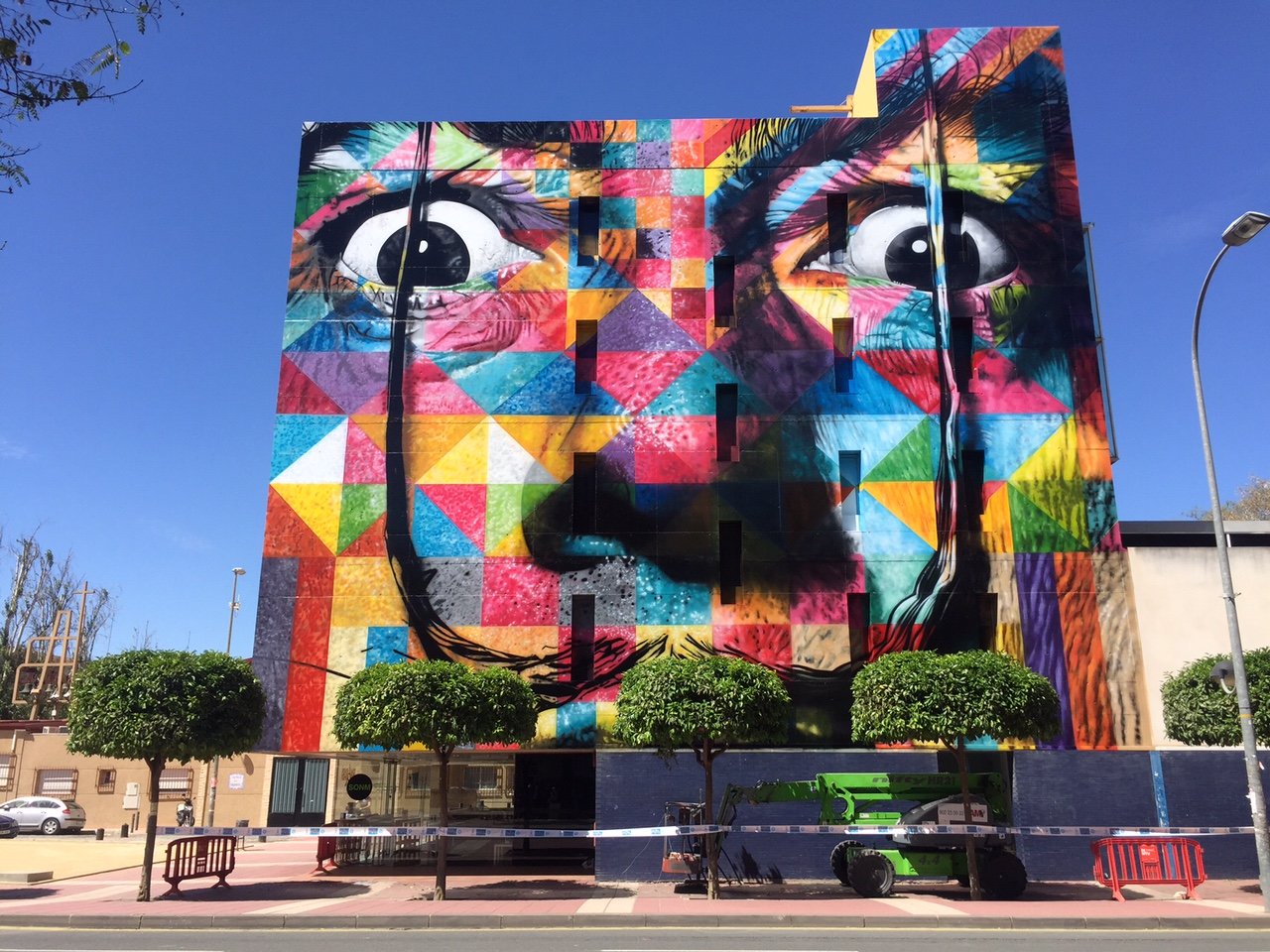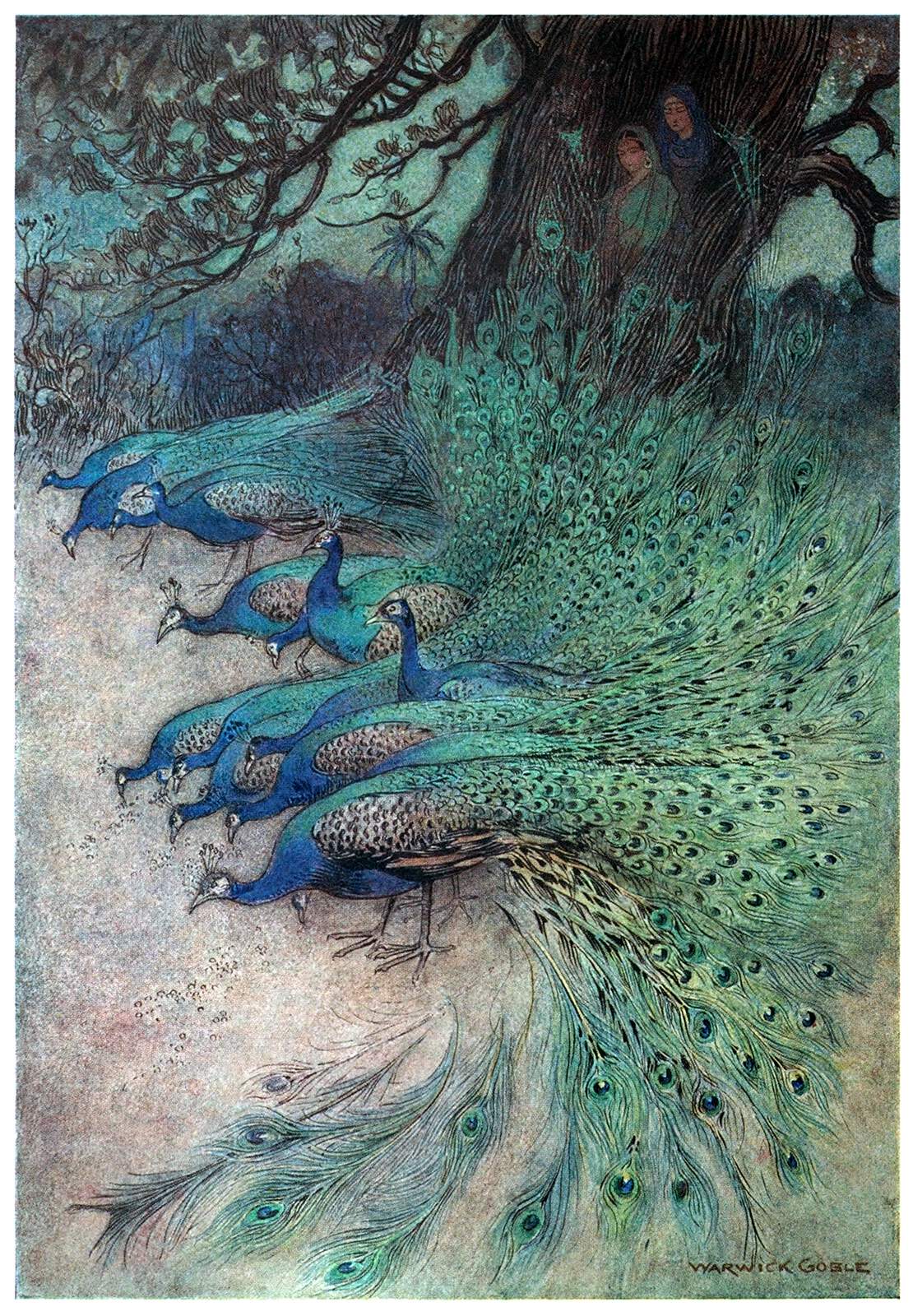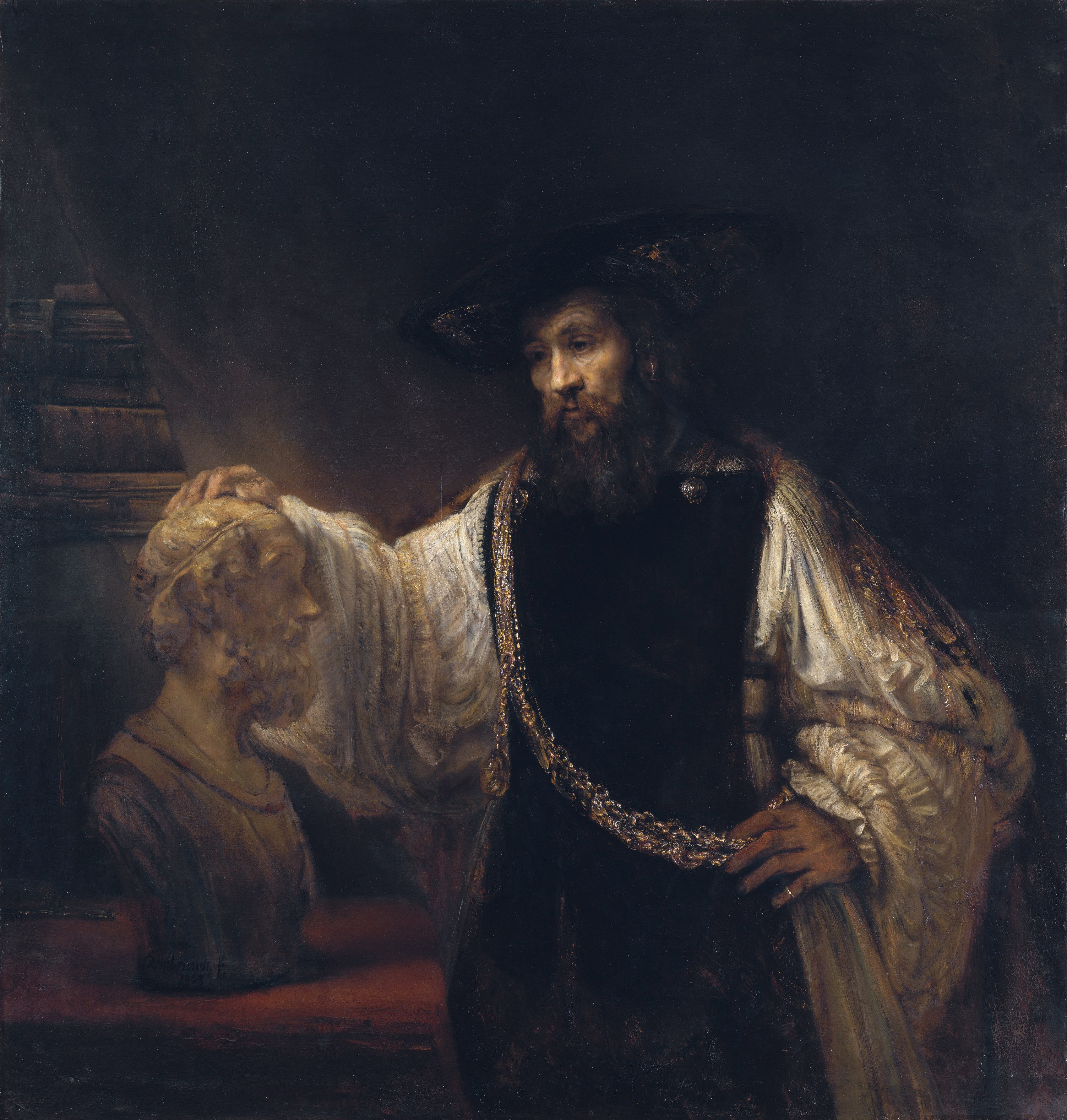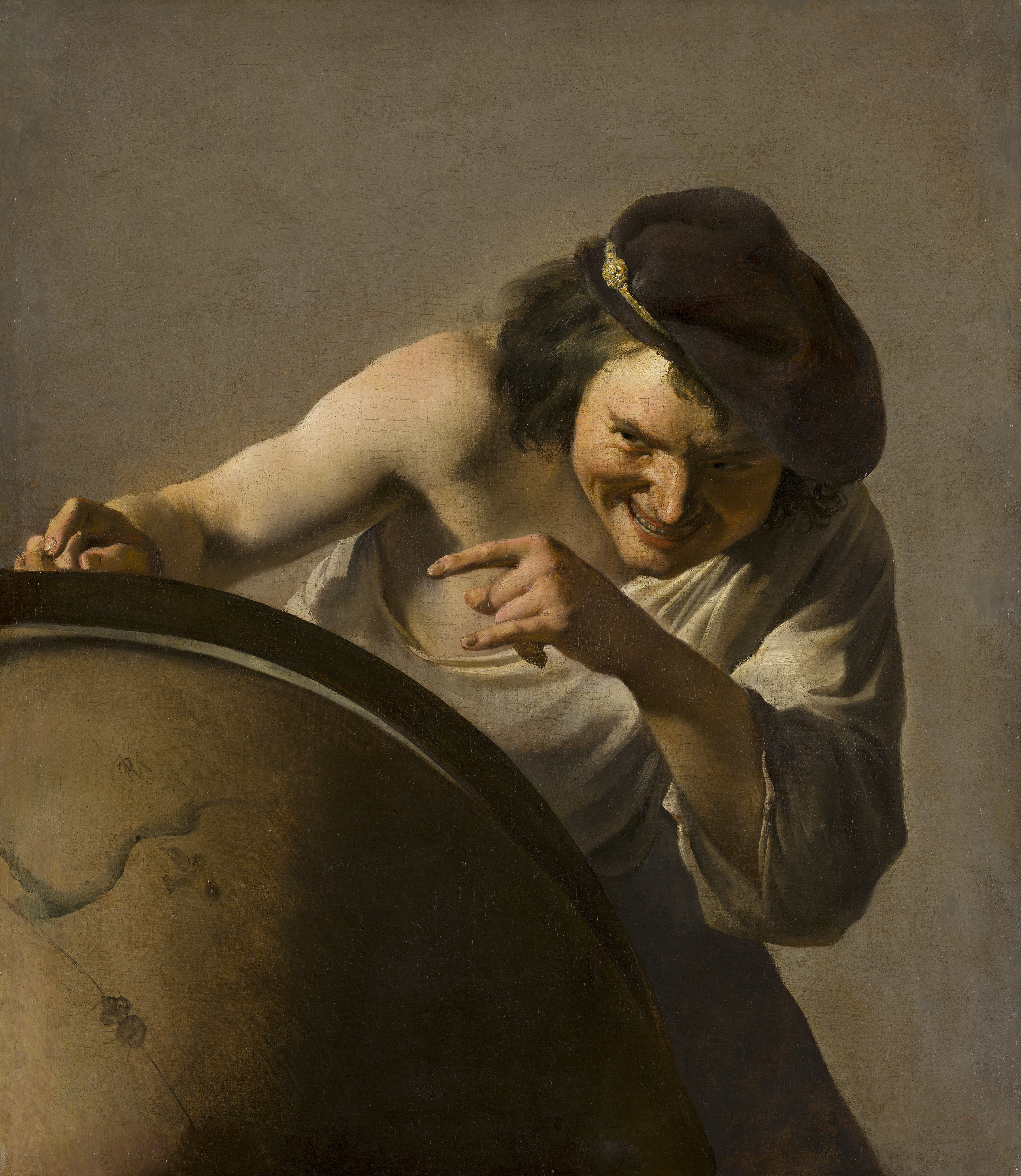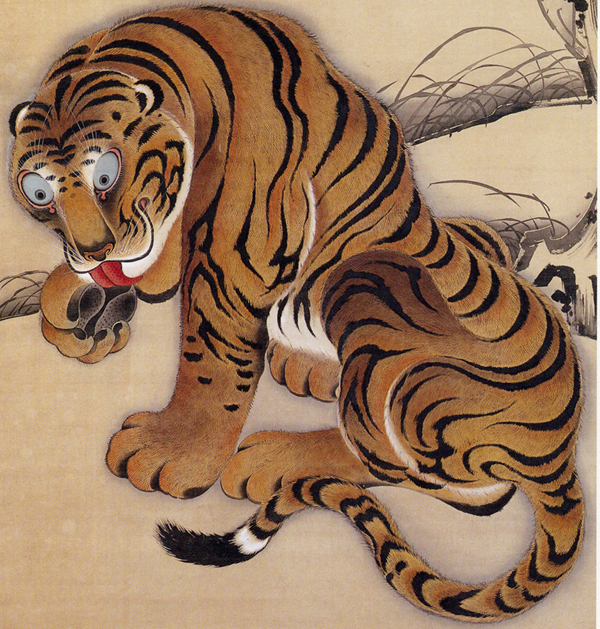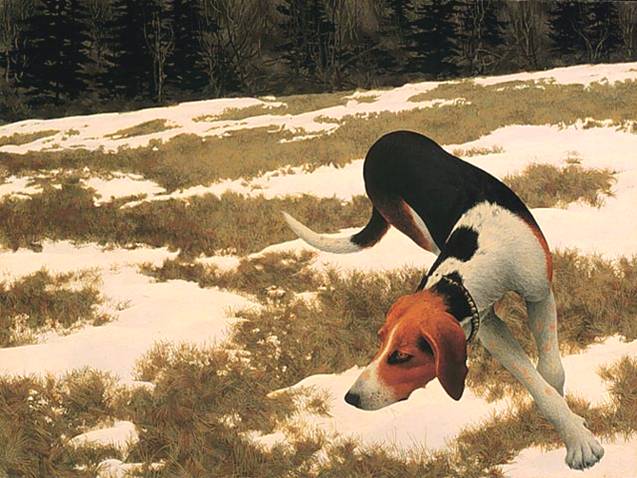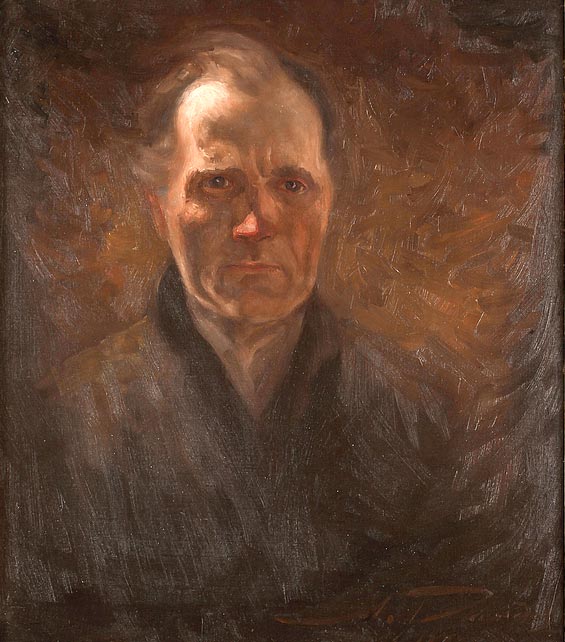artporn
3893 readers
5 users here now
Wander the gallery. Look at the art. Be polite. If you feel able please post some great art :)
founded 1 year ago
MODERATORS
1
2
3
4
5
6
7
8
9
10
11
12
13
14
15
16
17
18
19
20
21
76
Dream Idyll (A Valkyrie) - Edward Robert Hughes (1902) gouache and pastel on paper 🏴
(upload.wikimedia.org)
22
23
24
25
view more: next ›

